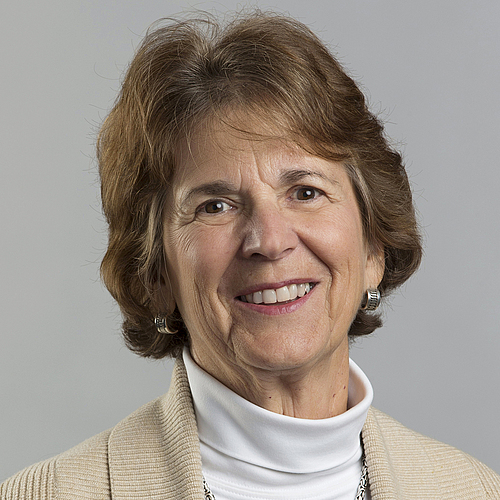Through its Site Preservation Program, the AIA has supported innovative site preservation solutions on five continents. Archaeological sites around the world are treasured for the incredible stories they tell us about the people that came before us. Once a site is destroyed, the stories the archaeological record bring to life are destroyed with it. The delicate nature of the archaeological record is precisely why we value it so much and yet new threats to sites frequently threaten to wipe out the unique stories each place can tell us.
In a world where there are so many threats to archaeological sites, sometimes a small amount of funding received at just the right time can make all the difference. The most common threats to sites are development, armed conflict, looting, tourism, vandalism, and climate change.
As the need for site preservation grows, the AIA recognizes that emergency funding must be an option under the umbrella of the AIA Site Preservation Program as no such emergency funding currently exists at the AIA.
To fill this void, the AIA has established the Nancy Wilkie Emergency Funds for Heritage Preservation, which will provide quick responses to threatening conditions at some of the world’s most amazing archaeological sites.

Nancy Wilkie was a former AIA president, chair and long-time member of the AIA’s Conservation and Site Preservation Committee, founding member of the U.S. Committee of the Blue Shield, faculty member at Carlton College, and Bush and Obama appointee to the U.S. Cultural Property Advisory Committee. Establishing emergency funds for site preservation honors and recognizes Nancy’s tireless efforts for the protection and conservation of archaeological heritage around the world and allows for immediate and impactful results.
Just a few examples of the positive impact a nimble emergency discretionary fund could make include:
The AIA is uniquely positioned to create an outsized and immediate impact because of its extensive experience with site preservation, the involvement of professionals in its heritage protection efforts, and its ability to inform the public through media channels that inform millions of people each year. The organization also can further its impact by promoting best practices for the emergency management of archaeological sites, with sites funded by the emergency funds serving as case studies.
Notifications